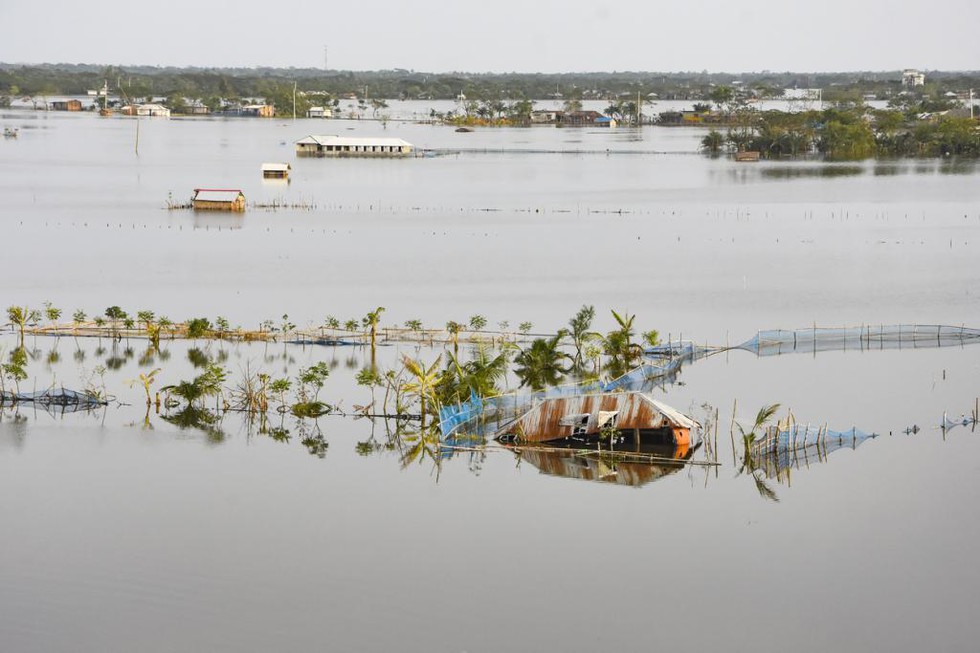About Loss and Damage Board:
- Background:
- At the 27th Conference of Parties to the United Nations Framework Convention on Climate Change (COP27) held in Egypt, Parties reached an agreement on providing loss and damage funding to nations most vulnerable and impacted by the effects of climate change.
- At COP28, the fund was formally established and a decision text stated that the fund would be governed and supervised by a board, a decision-making body.
- The board is tasked with setting up a strategic direction for the Fund as well as its governance and operational modalities, policies, frameworks and work programme, including relevant funding decisions.
- The Board will comprise 26 members, 12 members from developed countries and 14 from developing nations.
What is the Loss and Damage Fund?
- It is a global financial package to ensure the rescue and rehabilitation of countries facing the cascading effects of climate change.
- The term refers to the compensation that rich nations, whose industrial growth has resulted in global warming and driven the planet into a climate crisis, must pay to poor nations, whose carbon footprint is low but are facing the brunt of rising sea levels, floods, crippling droughts, and intense cyclones, among others.
- It is often categorised as economic or non-economic.
- Economic loss and damage are negative impacts that we can assign a monetary value to.
- These are things such as the costs of rebuilding infrastructure that has been damaged due to a flood, or the loss of revenue from agricultural crops that were destroyed due to drought.
- Non-economic loss and damage are negative impacts where it is difficult or infeasible to assign a monetary value.
- These are things such as trauma from experiencing a tropical cyclone, loss of community due to displacement of people, or loss of biodiversity,”
